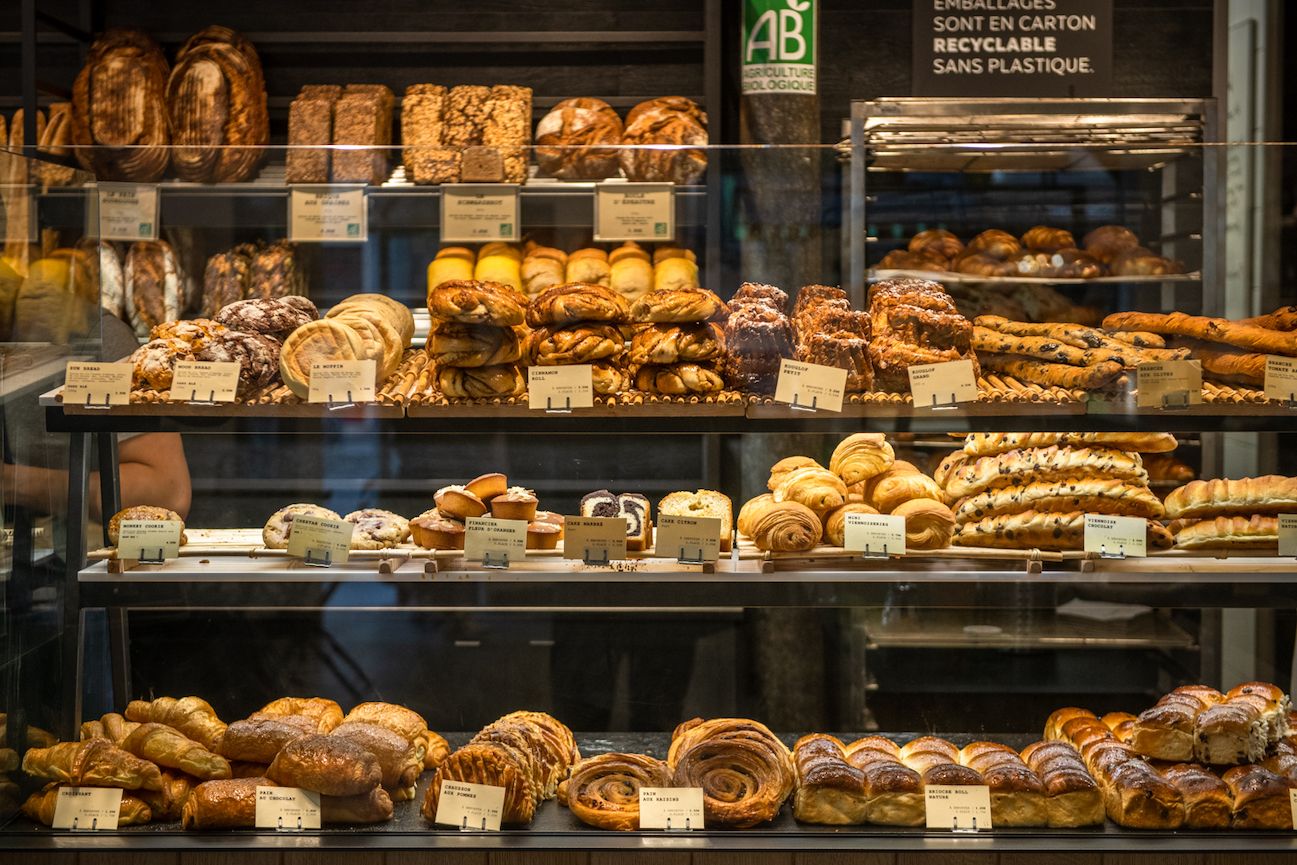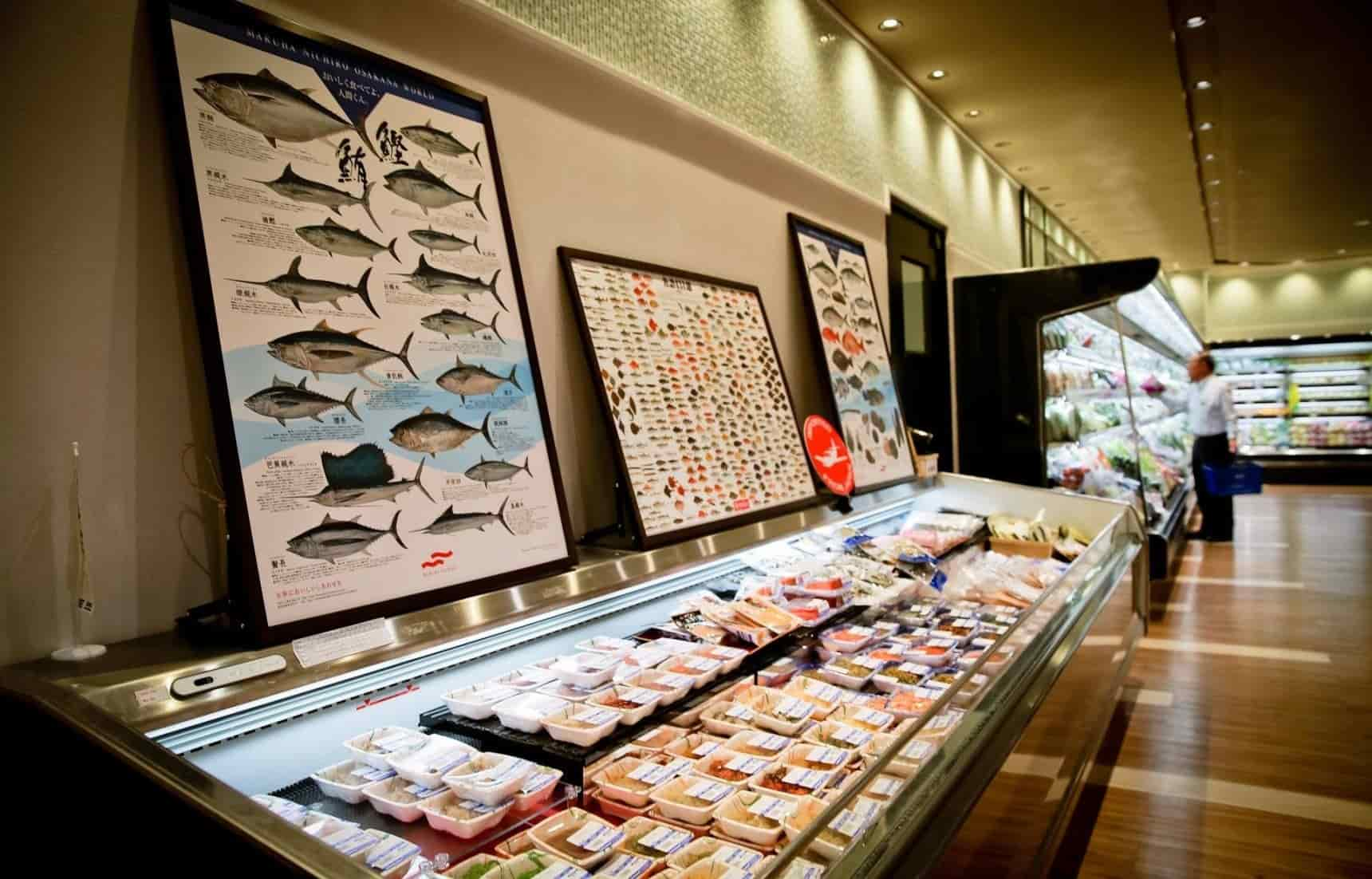
Sake Collective: Introducing Londoners to Japanese Sake, Umeshu, Whisky, Shochu, Gin and More
There has been a food market at Spitalfields in East London for over 350 years. Today, stalls in the picturesque Victoria-era marketplace sell an eclectic range of clothes, crafts, and more, while close by are street-food outlets, restaurants, and shops with artisan food and drink from all over the world. It’s a mark of London’s energetic and international food culture. So where better to be for a shop that specializes in Japan’s national drink of sake?
Launched in 2022, Sake Collective is a relative newcomer to London’s developing sake scene. But with over 100 sakes, it boasts the largest sake selection in the UK. And buoyed by the current UK craze for all things Japanese, it also sells Japanese alcohols such as shochu, gin, whisky, and a small rainbow of fruit-based liqueurs.
Sake Collective was set up by Tokyo-based company Mirai sake. In Japan, the company has a number of sake-related projects with the aim of rejuvenating sake’s sometimes old-fashioned local image. It works directly with smaller breweries to create special sake bottlings, selling them at its shops and bars and, more recently, exporting them to the UK. To ensure freshness, the sake is transported by sea or plane in refrigerated containers, transferred to a refrigerated warehouse in the UK, and then kept in the shop’s refrigerated display cabinets.

Sake Collective shop supervisor Satoshi Hirasaki
Using wine as a reference point
Twenty six-year-old Satoshi Hirasaki first joined Sake Collective as an assistant and now runs the shop. He describes himself enthusiastically as a “sake nerd” and estimates that he has tried at least 80% of the sakes on his shop’s shelves.
Hirasaki says that customers at the London shop are highly diverse, not only in age and occupation, but also in nationality. British customers often have some knowledge of sake already, perhaps after travel to Japan for tourism or work. Asian customers can be even more knowledgeable, especially if from sake-loving locations such as Hong Kong, Taiwan, or Singapore.
The shop stocks a small number of bottles of many different sakes and aims to have “something for everyone.” Since customers sometimes ask for the best-known sake brands by name, the inventory does include a handful of these to avoid disappointment, but the main aim is to provide a choice of handpicked sakes that are unavailable anywhere else.
Customers often ask for recommendations, says Hirasaki. He tends to start with a sake in the junmai ginjo or junmai daiginjo style. “It’s a safe bet, smooth and fruity,” he says. Or if a customer is looking for something a bit more unusual, there is plenty to choose from. A sake called Albatross is particularly popular with British customers, says Hirasaki. “The taste is in between sake and wine, so is really easy to get into,” he says, describing a sweetly acidic flavor with notes of popcorn.

Sake Collective is located a short walk from London’s historic Spitalfields Market
For most customers unfamiliar with sake, wine is their key reference point. But Hirasaki says that once they learn a little more about sake they are amazed at the huge taste profile possibilities, encompassing not just rice flavors, but umami, various fruits, and floral notes. This, he says, is possible due to the highly complex sake making process (a double fermentation using yeast and a unique Japanese mold called koji,) and the centuries-old skill of Japan’s master brewers.
“In general, seventy to eighty percent of customers say they want a dry sake,” he says, noting that they may have a dry white wine in mind. But when they actually try a dry sake, they find that dryness in sake is a different taste to what they imagined. Dry sake has far fewer tannins than dry wine and tends to be much less acidic.
But something that wine and sake definitely have in common is that many customers choose based on bottle labels, which are often works of art in their own right. Sophisticated Western-looking labels tend to be popular with customers in Japan. Conversely, in London labels with Japanese-style calligraphy or artwork tend to do well.
Yet, if a label is completely Japanese it may be difficult for customers who don’t understand Chinese characters to remember the brand, so mixing Japanese design with a name that uses Roman characters or numbers is often the best strategy for English-speaking markets, says Hirasaki.
Sake 101
Sake Collective runs a range of sake education events, such as its “Sake 101” introductory tasting, which is perfect for sake newbies. Hirasaki starts by teaching how sake is made, then treats participants to a range of sake styles at the shop’s small bar and tasting area.
But despite sake’s growing popularity, he can still encounter surprising misconceptions. For example, some people confuse a sake’s polishing ratio (the percentage of rice left after the outer surface is milled away) for its alcohol content. As a typical polishing ratio is between 50 and 70 percent, they think sake is a strong spirit. Others think that sake is only drunk warm and are surprised to hear it is delicious at room temperature, lightly chilled, or even on ice.

The shop has a bar area for serving sake samples and holding sake education events
The shop also runs food pairing events. Traditionally, sake is made to drink with food, despite notable exceptions such as sparkling sake. And needless to say, it pairs particularly well with Japanese food. But London’s diverse food scene is a perfect place to explore other possibilities, even if many customers tend to think of Japanese food first.
“The concept here is that you have dry sake with sushi,” says Hirasaki. “We want to change that.”
A few months ago at Christmas, the shop recommended sakes to go with roast turkey dinner. To balance the richness of meat and gravy, Hirasaki suggests higher alcohol content and umami-rich sakes. The shop also held an event together with a local Japanese-style pâtissier. For that, sweeter sakes and fruit-based liqueurs were chosen to enjoy with pastries and cakes.
Early this year, the shop held a sake cocktail event to coincide with “Dry January.” This is a UK trend for customers to avoid or reduce drinking alcohol for health after the excesses of Christmas and New Year. The cocktails on offer at Sake Collective’s event, such as sake highballs, were relatively low in alcohol.
More generally, however, it may be difficult for sake to become a popular cocktail ingredient in the UK. Like wine, sake has a delicate flavor and is not a spirit, so isn’t often used as a cocktail base. On the other hand, it can be too expensive to use as a mixer. According to Hirasaki, citrusy Japanese liqueurs such as umeshu (made with ume plums) and yuzushu (made with yuzu,) are more popular with UK mixologists.
Beyond sake
Sake Collective’s inventory includes six types of shochu. This popular Japanese spirit is often based on barley or sweet potato, but can be fermented and distilled from ingredients as diverse as rice, brown sugar, and even green tea or milk. But despite being so popular in Japan that restaurant shochu lists are typically longer than sake lists, shochu has so far proved a tough sell in the UK.
Some possible reasons, Hirasaki says, are an unfamiliar flavor, a sometimes waxy mouthfeel, and the fact that at around 25% shochu has an alcohol content that is tricky for the market, being midway between wine and spirits such as whisky and gin. That’s why he believes the best UK market opportunity for shochu may be in cocktails as a base.
Gin is also extremely popular in Japan, both imported products and locally made. In the UK, Japanese gin faces stiff competition in what Hirasaki describes as a “saturated” market. But in its favor is the high cachet of anything Japanese and the massive success of Japanese whisky. Sake Collective stocks four Japanese gins, three distilled from sake lees and one distilled from sake itself.

All of Sake Collective’s sake is refrigerated from the time it leaves Japan to when it is sold. (On the right are fruit liqueurs)
The shop also stocks a number of fruit-based alcohols such as umeshu and yuzushu. In English, umeshu is often called “plum wine,” but it is actually made by steeping fruit in grain-distilled shochu with sugar, not through fermentation, so is properly called a liqueur. An unusual umeshu sold by Sake Collective is made with whisky and is branded “Umesky.”
Hirasaki says that umeshu is gradually becoming quite popular in the UK, particularly with young people. He notes the current strong focus on lower alcohol drinks in the UK market. That, he says, could be an opportunity for sake-based umeshu, because they tend to have a lower alcohol content than both ordinary umeshu or sake.
An interesting possibility for the future, says Hirasaki, is a drink virtually unknown in the UK so far. Awamori, which comes from the southernmost Japanese prefecture of Okinawa, is made in a similar way to shochu, but has a higher alcohol content and smoother taste. Hirasaki says that aged awamori often has a smoky flavor that could appeal to drinkers of Mexican spirits tequila and mezcal, both very popular in the UK right now. The shop plans to import awamori and run tastings for UK customers.
It's a hint that, along with the steadily increasing popularity of Japanese sake and whisky in the UK, Japan's rich alcohol culture has even more to offer. Hirasaki says that he is “excited” to introduce them to the UK market!






